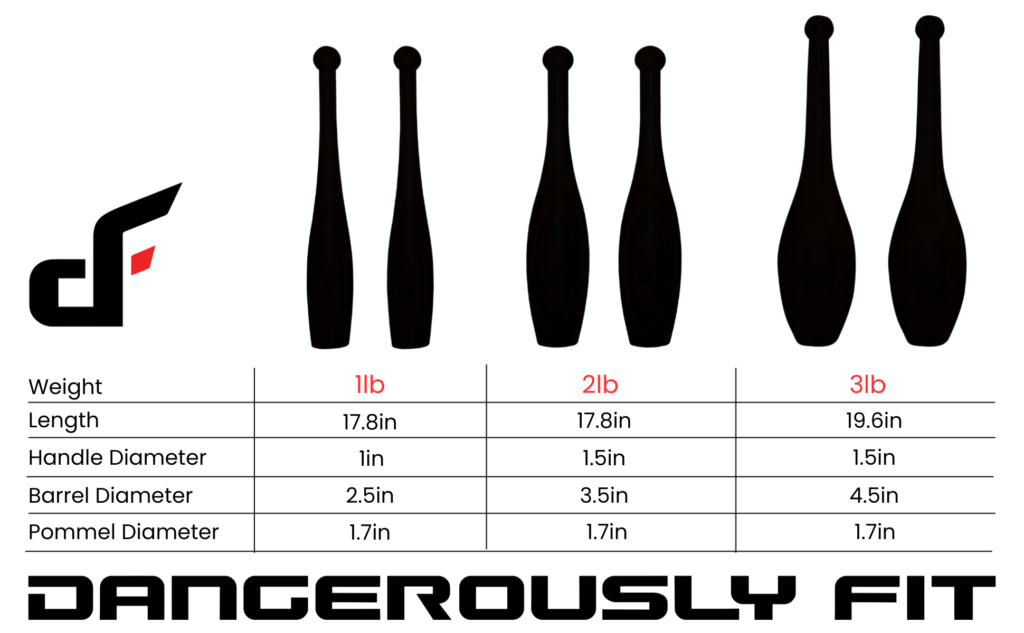Indian club training, also known as Persian meel exercises, can be a valuable and time-tested method for rehabilitating and strengthening the shoulders. These exercises involve the use of long, weighted clubs that are swung and manipulated through various movements to improve range of motion, stability, and overall shoulder health. Below, we’ll explore how Indian club training can be beneficial for shoulder rehabilitation and provide some example exercises.
- Improved Shoulder Mobility: Indian club exercises involve a wide range of motion, which can help restore and enhance shoulder mobility after an injury or surgery.
- Strengthening Stabilizer Muscles: The swinging and circular motions of Indian club exercises engage the smaller stabilizer muscles around the shoulder joint, promoting better joint stability and injury prevention.
- Enhanced Posture: Proper club training encourages good posture and scapular movement, which is essential for overall shoulder health and injury recovery.
- Increased Blood Flow: The rhythmic swinging of the clubs can increase blood flow to the shoulder area, aiding in the healing process and reducing inflammation.
Example Indian Club Exercises for Shoulder Rehab:
- Arm Circles: Stand with your feet shoulder-width apart and hold a club in each hand. Start with small circles and gradually increase the size of the circles. This exercise can help warm up the shoulder joints and improve mobility.
- Shoulder Dislocates: Hold a club with both hands, palms facing down, and arms extended. Keeping your arms straight, slowly raise the club over your head and behind your back. Reverse the motion to return to the starting position. This exercise helps improve shoulder flexibility.
- Swings: Stand with your feet shoulder-width apart, holding a club in each hand. Swing the clubs in front of your body, making sure to maintain control and good posture. Start with light clubs and increase the weight as you progress.
- Arm Casts: Hold a club in one hand, palm facing up, and extend your arm in front of you. Swing the club in a circular motion, gradually increasing the size of the circle. This exercise can help strengthen the rotator cuff muscles.
- Figure-Eight Swings: Hold a club in each hand and swing them in a figure-eight pattern in front of your body. This exercise challenges your shoulder mobility and coordination.
- Sword Swings: Hold a club in one hand and, with a relaxed grip, swing it over your shoulder and behind your back, mimicking the motion of drawing a sword. This exercise can help improve shoulder range of motion.
Important Considerations:
- Start with light clubs and gradually progress to heavier ones as your shoulder strength and mobility improve.
- Focus on proper form and technique to avoid overstraining the shoulder joint.
- Consult with a physical therapist or healthcare professional before starting Indian club training, especially if you have a history of shoulder injuries.

Indian club training can be a valuable addition to your shoulder rehabilitation program, but it’s essential to approach it with caution and under the guidance of a qualified professional to ensure it’s appropriate for your specific condition and needs.